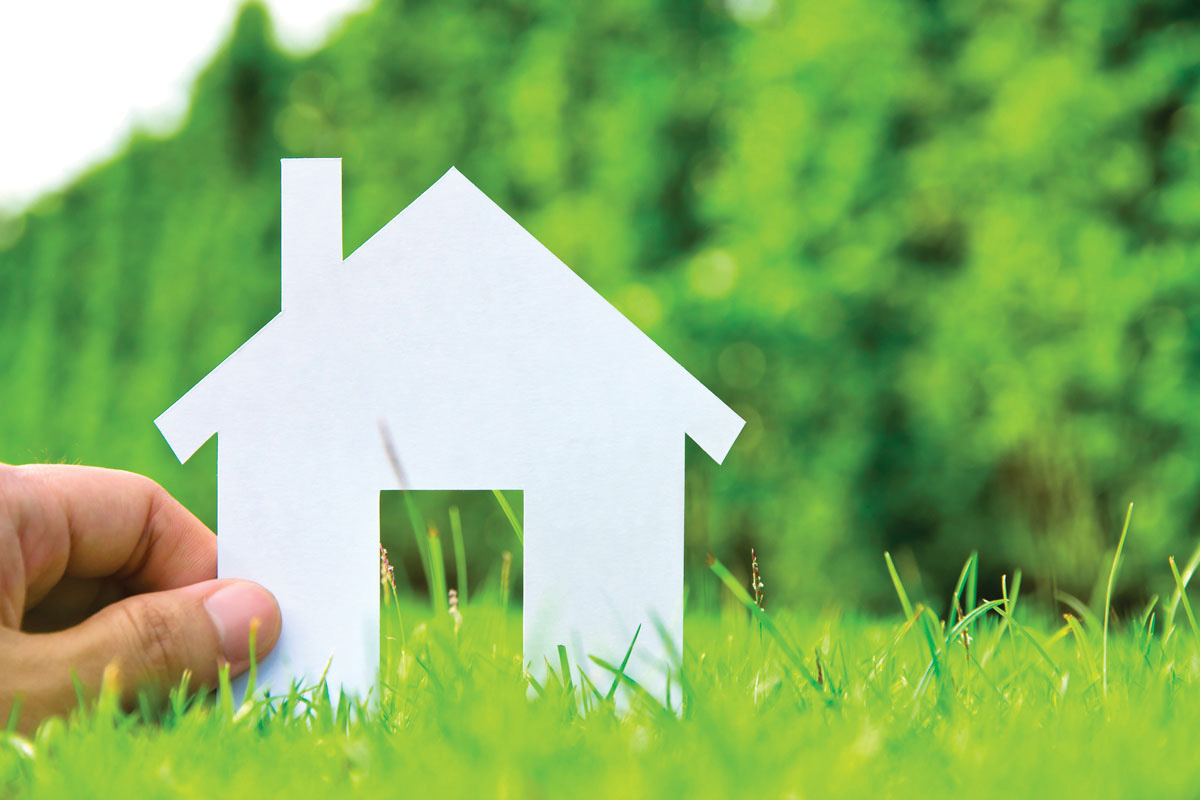 Sunny Day
Sunny Day
It seems like solar panels have been around forever. But while costs have dropped, they’re still beyond the reach of most ordinary consumers. Systems for powering an average-sized home can range from $18,000-$40,000, including labor, permitting and operational costs. The good news is that the government will help you out if you find you’re willing to make the investment, giving you back up to 30% of the total cost of your system in the form of a tax credit.
Stormy Weather
You’ll be happy when the wind comes sweeping down the plain if you’re the owner of a residential wind turbine. But you’ll have to put some serious cash into your investment, around $35,000-$50,000 for enough wattage to power the average home, making wind power a slightly pricier option than solar. You’ll also have to get permission to erect one, and may run into some serious opposition from your local zoning board — and from your beloved neighbors.
Low Down
Geothermal energy might not sound necessary in already-hot South Florida, but geothermal systems can also be used to cool your home, and are an increasingly popular choice for homeowners looking for green alternatives to fossil fuels. Properly built and installed, geothermal systems require almost no maintenance and work for decades. So what’s the pricetag? Around $42,000, but the green energy tax credit does apply. And the system is a complete alternative to a conventional HVAC.
Common Sense
For those turned off by the hefty investment these green power systems require, there’s another option: conserving. Simple changes to your home can help reduce your energy use, which has the added bonus of saving you some significant cash. Turning down the running temperature of your hot-water heater, upgrading inefficient appliances, unplugging electronics and other steps can make a considerable difference. To see just how much, check out the home energy savings calculator on TogetherWeSave.com.











